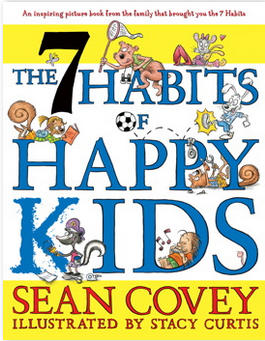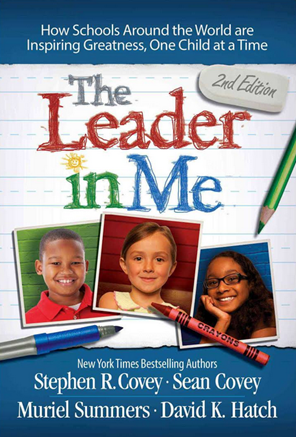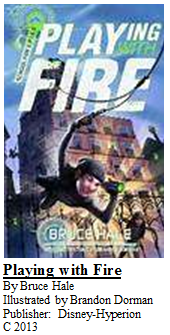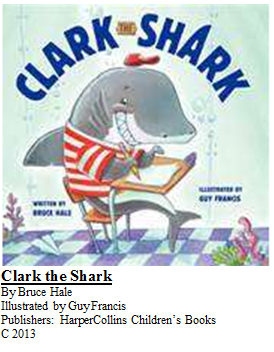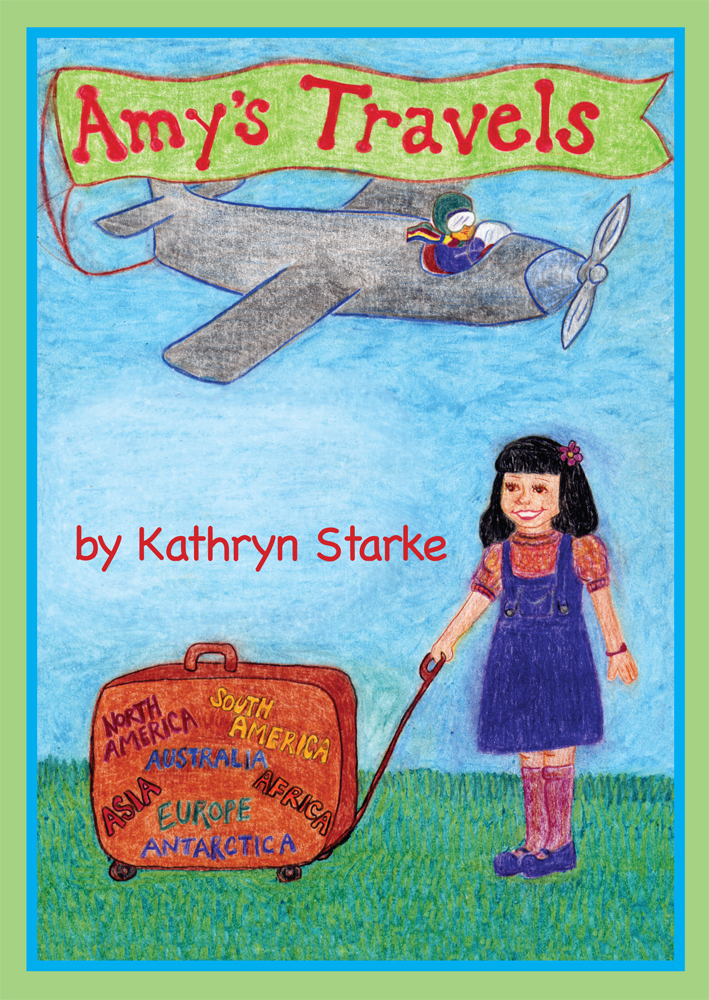The unfortunate tragedy last December at Sandy Hook Elementary School at Newtown, Connecticut has brought a community together to heal. It’s been a month and the outreach efforts to help have spread nationwide. The New York Knicks basketball team recently hosted a “Knicks Family Fun Day” for 150 of Sandy Hook Elementary School’s children, their families, and staff during Saturday’s game against the Sacramento Kings. The event brought smiles and hope to the community.
Meanwhile, it’s another school day in many parts of the nation.
In an unrelated turn of events, a public elementary school was recently visited by a major sports figure. Each assembly had more than 250 students.
The following scenario happened, though, not word for word. A representative for the sports team asked the kids, “How many of you play (names the sport)? (Hands raise up.) Then, he asked, “How many of you have gone to see a major sports game at (names a..stadium, sports arena, ball park)? (Most of the hands go down.) [NOTE: Many of the families in the neighborhood are unable to afford going to a sporting event.]
The sports team representative follows up by saying, “Well, today you’ll get a flyer for half price so that you and your parents can go to one of our games.” The kids cheer and smile.
He introduces a well-known sports figure (SF) on stage. SF talks about the sport. Here’s what happened:
SF: I want to get to know you. What are your grades? (Know your audience)
Students: (Hands raise up) 3rd grade, 4th grade, etc.
SF: [He talks about his childhood in a small town in . . . (names the state)] How many of you know where (state) is?
Students: (Hands up)
SF: How many of you know what states borders that state? (Some hands go down)
Student: (Names a correct state)
SF: (smiles) Give that girl a ticket to our game! (He yells out to the team rep). Then, he asked “what do you want to be when you grow up?”
Students: (Hands up) A doctor, a football player, a lawyer . . . “I want to be just like you!”
SF: [He talks about what it took to become successful at his sport.] I practiced every day. If you love to do something, you do it every day, right? Now, how many of you go to school tired?
Students: (Hands up)
Teachers: (Hands up . . . They participated for this question.)
SF: Well, if you want to be successful, try going to bed 30 minutes earlier. So, let me ask you, “what time do you go to bed?”
Students: (Hands up) (Kids laugh)
The conversation continues to “What did you eat for breakfast?” to“Exercise is important” to “Saying no to drugs” to “Making the right choices” and to “Listening to your parents and teachers.”
Next, he asks for some volunteers to demonstrate the sport. He picks some girls and boys (total of about 6 students on stage).
SF: I’m going to ask you to do only two things. (He tells them). Next, I want you to do the OPPOSITE of what I tell you to do. (The kids laugh).
One, by one, a process of elimination takes place. One kid standing, but still smiling and the students are cheering.
They learned about listening, cooperation, team building, and good sportsmanship.
Would you believe this ALL took place in a 30-minute Assembly! It was also at the end of a school day.
As the kids returned to class, they were talking about the sport and the SF. When the teacher reached the classroom door, one student yelled out, “Can we have the flyer?”
What made for a memorable and successful school assembly was that the sports figure focused on the kids. Whether he knew it or not, he was their hero that day. For some kids, their so-so day just turned into a super day.
Whether you are a teacher, a doctor, a counselor, a parent or even a sports figure, you never know the teaching moment that awaits you. There are heroes among us.
* Information from ESPN.com News Services was used for the first paragraph of this report.
